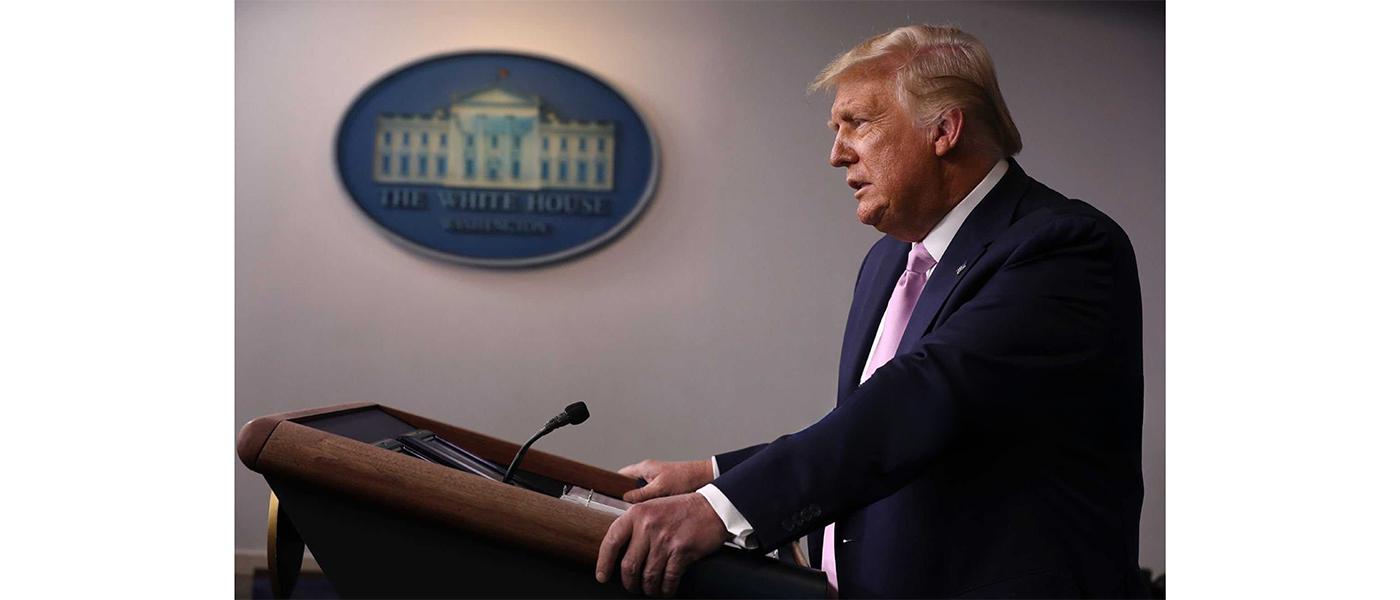What You Should Know About U.S.-Imposed Tariffs on Imports from China and Canada

President Trump announced plans to impose a series of new tariffs against China, Mexico and Canada on February 1, including a 25% tariff on imports from Canada and Mexico, as well as a 10% additional tariff on imports from China.
PRI urges our industry to adopt a calm, rational view of the announcement. President Trump has traditionally used tariffs as bargaining chips to shape international policy, and this is already playing out in real time; Mexico on Monday secured a one-month pause in their tariffs by agreeing to send soldiers to the United States-Mexican border to stop the flow of drugs and migrants.
"It's important to understand how President Donald Trump has historically used tariffs, which he sees as negotiating tools to create leverage against other nations on issues unrelated to trade, like immigration and defense spending," said Karen Bailey-Chapman, PRI and SEMA's senior vice president for public and government affairs. "The president has also shown a willingness to withdraw or suspend them when a deal is reached. As a result, what you see in the headlines does not always materialize."
Below are highlights on the tariffs:
- President Trump issued three executive orders (EOs) imposing tariffs on imports from Canada, Mexico and China. The tariffs were implemented under the International Emergency Economic Powers Act (IEEPA), citing a national emergency related to illegal immigration and flow of illicit drugs into the United States, like fentanyl.
- Tariff rates are as follows:
- 25% tariff on most goods from Canada, and a 10% tariff on energy from Canada.
- A 25% tariff on goods from Mexico has been delayed until March 4 and is pending ongoing negotiations between the two countries.
- 10% on goods from China.
- The tariffs apply to goods entered for consumption, or withdrawn from warehouse for consumption, on or after 12:01 a.m. EST on Tuesday, February 4.
- Goods loaded onto vessels at the port of loading or in transit on the final mode of transportation prior to entry into the United States before 12:01 a.m. EST on February 1 are not subject to the additional duty, subject to certification requirements with United States Customs and Border Protection (CBP).
- The EOs state that the tariffs will remain in effect until the president determines that the countries have taken "sufficient action to alleviate the crisis." The EOs do not outline any exceptions nor establish an exemption process.
Responses from Affected Countries:
Canada:
- Prior to a 30-day reprieve, Canada said it will impose retaliatory tariffs of 25% on $155 billion United States goods.
- Tariffs on $30 billion were to take effect on Tuesday, February 4.
- Click here for a list of products impacted.
- Tariffs on the remaining $125 billion will take effect on February 25.
- Tariffs will apply to a range of United States exports, including alcoholic beverages, agricultural products, clothing, sports equipment and household appliances. The list of products subject to the initial $30 billion in tariffs can be found here.
Mexico:
- Prior to the United States delaying the implementation of tariffs on Mexico, Mexican President Claudia Sheinbaum shared that her country will implement tariff and non-tariff measures in response to the tariffs. Sheinbaum emphasized the need for bilateral cooperation and called for discussions on trade policy.
China:
- The Chinese government denounced the new 10% tariff.
- China stated that it will file a complaint with the World Trade Organization and is preparing additional countermeasures.
PRI and SEMA are in active communications with lawmakers and political leaders about the specific impacts these proposed tariffs have on the industry. We welcome your feedback on direct impacts the tariffs are having on your business. The organization will continue to provide updates on tariff and trade policies as these issues continue to evolve.
For additional information, contact Eric Snyder, PRI's senior director of federal government affairs, at erics@sema.org.
 MEMBERSHIP LOGIN
MEMBERSHIP LOGIN JOIN PRI
JOIN PRI


